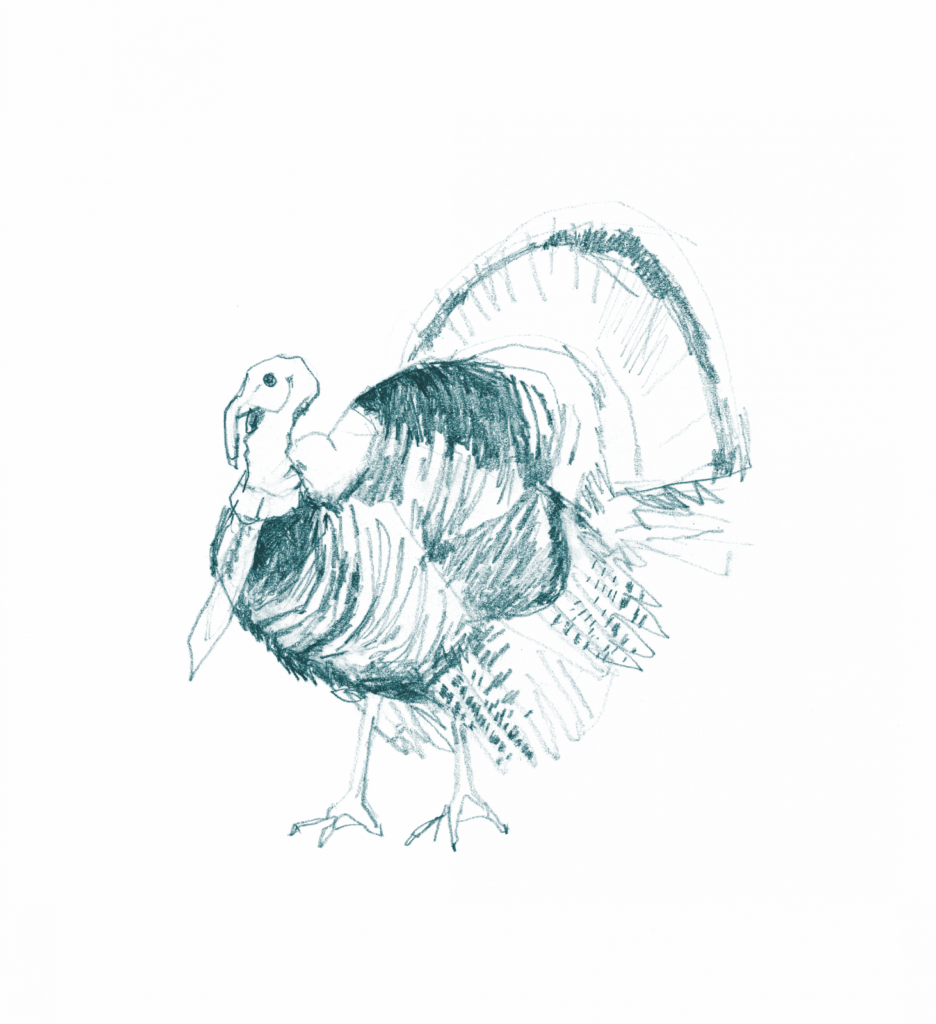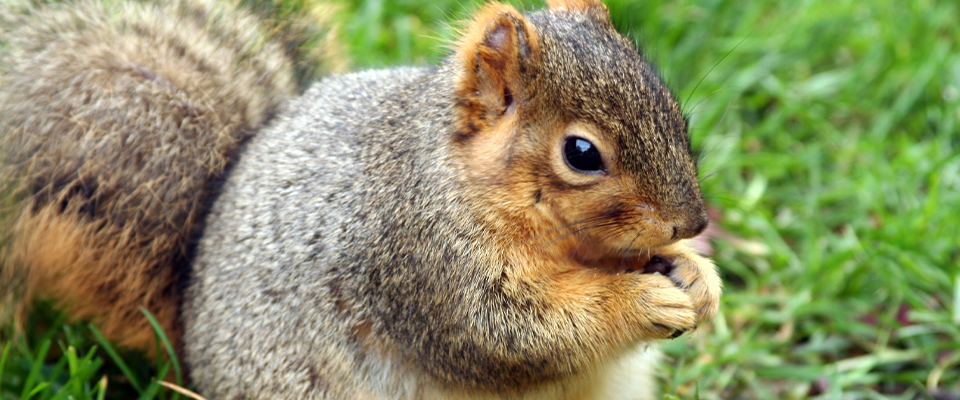Everything you never knew about Berkeley zoology
Campus is teeming with more than just students; a wide variety of wildlife can also be found in Berkeley’s backyard. From the mountain lions that roam around the Lawrence Hall of Science to the three-spined sticklebacks in Strawberry Creek, here are a few of the critters who call Cal home:
Mountain lion

(Puma concolor)
Despite its name, the mountain lion—also called a catamount, cougar, or puma—doesn’t roar. Instead, to communicate, this big cat whistles, squeaks, growls, yowls, screams, hisses, and purrs. What a good kitty!
Rio Grande wild turkey

(Meleagris gallopavo intermedia)
Don’t mess with Texas. Rio Grande turkeys were imported from Texas to the Bay Area for game hunting in the late 1950s. Males are known to “fight” their reflections in storefront windows or shiny cars.
 Western fence lizard
Western fence lizard
(Sceloporus occidentalis)
Wait a tick. In 1998, Berkeley entomologist Robert Lane first discovered these reptiles have a protein in their blood that kills off the Lyme bacteria in ticks.
 Peregrine falcon
Peregrine falcon
(Falco peregrinus)
Clocking in at about 242 miles per hour when diving for prey, the Peregrine falcon soars into first place as Earth’s fastest animal. They’re quick, but you can still catch Annie and Grinnell—Cal’s resident falcons—on the livestream overlooking their Campanile perch.
 Ladybug
Ladybug
(fam. Coccinellidae)
Legend has it, about 500 years ago, frustrated by aphids eating crops, farmers prayed for a cure to The Lady, Virgin Mary. Enter: the ladybug. Thousands cluster in East Bay parks every winter.
 Eastern fox squirrel
Eastern fox squirrel
(Sciurus niger)
Ever wonder what a squirrel is thinking? The more irate they are, the more these mammals flick their bushy tails, Berkeley grad Mikel Delgado observed in 2016. Give that acorn back or suffer the consequences.
Ensatina salamander
(Ensatina eschscholtzii)
Don’t try to catch the yellow-eyed ensatina by the tail. When threatened, this salamander secretes a noxious poison from the base and can even “drop” its tail in a pinch. Worry not—it’ll grow back.
Northern Pacific rattlesnake

(Crotalus oreganus)
The northern Pacific rattlesnake has a bad rap for being aggressive. Though it belongs to the “pit vipers” group and is Northern California’s only venomous snake, the reptile is a pacifist and rarely strikes unprovoked.
Three-spined stickleback

(Gasterosteus aculeatus)
Sticklebacks are very 21st century when it comes to parenthood. Once the males fertilize the eggs, they protect the nest and care for the hatchlings.
Rough-skinned newt
(Taricha granulosa)
This amphibian exudes enough toxin to kill 25,000 mice or a roomful of adult humans. Why so poisonous? The newt is in an evolutionary “arms race” with its predominant predator, the tetrodotoxin-resistant garter snake.
Virginia opossum

(Didelphis virginiana)
“Playing possum” is not a choice—the marsupial’s tendency to feign death by tensing up, falling into a comatose-like state with a blank stare and tongue hanging out is an involuntarily triggered response to stress.
 Great horned owl
Great horned owl
(Bubo virginianus)
Dubbed the “tiger owl,” the aggressive hunter has a talon strength of 500 pounds. No picky eaters here. The owls feast on everything from falcons and frogs to scorpions and skunks.
From the Spring 2020 issue of California.



















